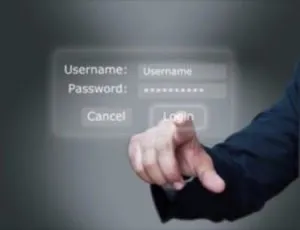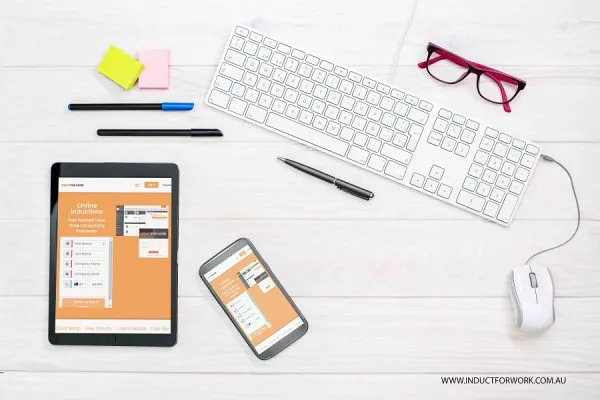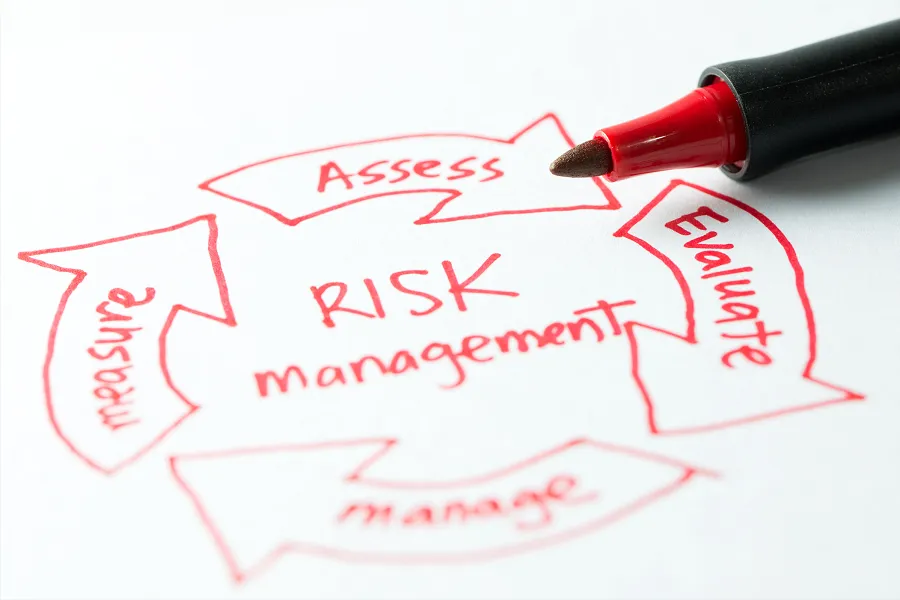Whether they’re working in a hospital, construction site, a school or a traditional office, it is critical a new worker’s first introduction to your company be pleasant and professional.
This first introduction is, typically, the pre-induction phase of your new employee’s work life with your company and, though Human Resources may be responsible, this first impression is likely to come from the individual’s direct supervisor or a co-workers performing the same or similar jobs.
Five essential things to do in preparing for new worker’s arrival include:
- Send them a welcome email or letter
Create a standardized “welcome” email or letter that is sent to new staff members.
It should be cordial but professional and include information on their starting date; the address and/or location of their new job; who they will meet on the first day; what they should bring (i.e. tax file number, bank details etc); the time they should arrive and the name of someone they can contact if they have questions before the big day arrives.
If assignments to desks or workstations have already been arranged, be sure to include this information, as well as a brief explanation of what to expect during their first day on the job. Don’t go overboard with this as it may overwhelm your new employee!
Other important information to include may be public transport accessibility to the location and dress code, and don’t forget to ask for emergency contact details.
- Provide them with all passes and pertinent job information
Ensure the individual meeting your new employee provides them with security passes, employee numbers and information for assess to communication systems, such as computers and telephones systems, as well as information on their personal email addresses.
Be sure to instruct them as to the proper use of the company’s intranet or computer systems and point them towards any social media and IT policies you may have in place as well as how to contact the IT helpdesk and security.
- Notify the reception area of new employee’s arrival
Be sure the person at the front desk is aware of an new arrivals. Include a name and, if you have it, a picture of the employee. Not only is this beneficial for security, it means the person greeting them will be able to recognise them and greet them warmly! After all, first impressions last and this will be their first impression of your company. Make it count.
This will also help ensure they are routed to the proper department and arrive where they need to be in order to start their new role.
- Consider ergonomics of a new employee’s workstation or office
Organising appropriate workstation ergonomics for workers can increase productivity significantly, so be sure to find out if your new employee has any ergonomic requirements, be it that they are left-handed instead of right-handed or have back problems that require a chair different from what is the norm in your workplace.
Providing proper training for employees regarding health hazards and risk factors can help to minimise injuries due to poor posture or repetitive strains, especially given so many of us work, primarily, on computers.
But, these days, ergonomic extends to lighting, mice, keyboards and desks, so be sure to find out if your new employee has any special requirements before they start working.
Not only will this help with their long-term productivity, it will also mean they can start working as well as they can immediately and effectively, rather than having to wait days or even weeks for the right equipment to arrive.
- Arrange for additional access needs or considerations
This follows on from the point above. Hiring employees with mobility issues will require special access tools and equipment. This may include ramps, custom desks and chairs or other equipment to ensure easy access to buildings and work stations.
Other considerations include special phones or computers for hearing or vision impaired individuals.
Making these arrangements and considerations will ensure new employees have seamless transitions into their new position into the working environment.
- Naming preferences
A person’s name is their identity, so be sure to get your new employee’s name correct from the beginning, especially if you’re having business cards, other stationery, desk signs or documents such as work contracts drawn up.
Be sure to ask their preferences for their first names. For example, an employee named Bartholomew Jones may prefer his business cards to read Bart Jones as he is never called by his first name.
Similarly, in some cultures first names, middle names and surnames are placed in varying orders, so it is only courteous to ask specifically which name is a first name and which name is a surname if you are unsure as to which is which.Either way, never assume you know which is which.
Do you have any questions or great tips to share?
Induct for Work – the only online induction system you would need to run online inductions.



